By definition, response time refers to the interval in time a system has to react to a given input. An issue that is repeatedly faced by many suppliers is decreasing response time while maintaining accuracy and high quality.
Temperature Sensors
Temperature sensors are often used in assembly constructions so as to guard the sensor element against an aggressive atmosphere or process media. Sensor elements implement sensors in end applications and are usually assembled into housings surrounded by polymer-based materials such as polyurethane and epoxies.
Temperature Sensors - Directly Welded Wires - Innovative Sensor Technology IST AG
In most cases, the sensors are housed in metallic tubes surrounded by thermal heat-conductive paste to enhance the response time characteristics. However, due to the polymer-based nature of thermal conductive pastes, their thermal heat transfer is very limited.
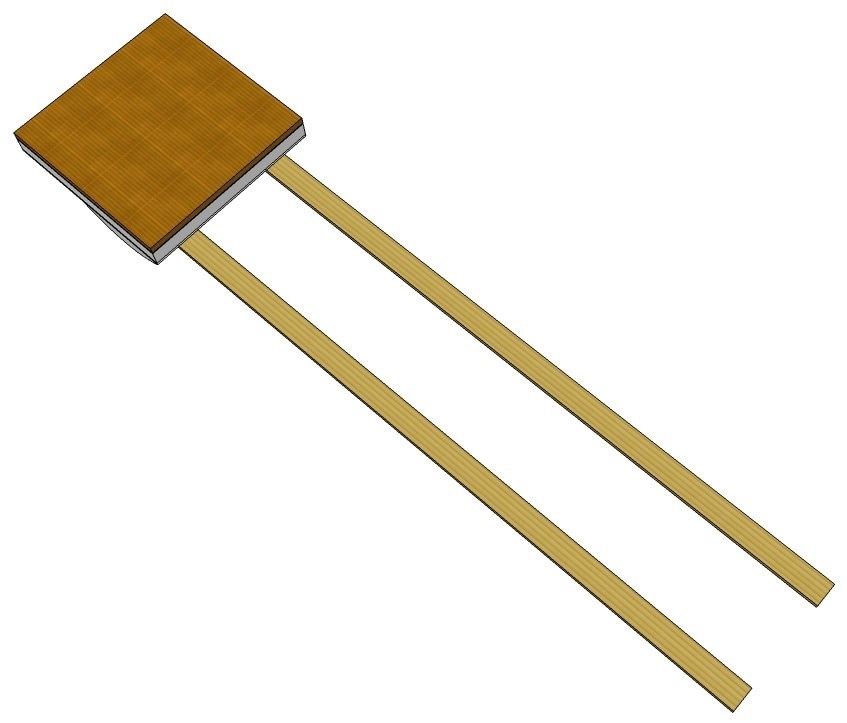
Sensor with metalized backside
RTD Element
In order to fulfill the ever-increasing demand for high accuracy and faster response time, Innovative Sensor Technology IST AG has developed an advanced solution based on a standard RTD element. The sensor element is applied with a metalized backside, which enables the element to be soldered onto a metallic surface and thus helps increase the thermal coupling. This leads to a faster response time and at the same time maintains a high accuracy.
In terms of values, solder with a thermal heat coefficient of about 67 W/m *K, is at least 3 times better than standard heat-conducting pastes with about 10-20 W/m*K. This produces superior response times compared to conventional assemblies.
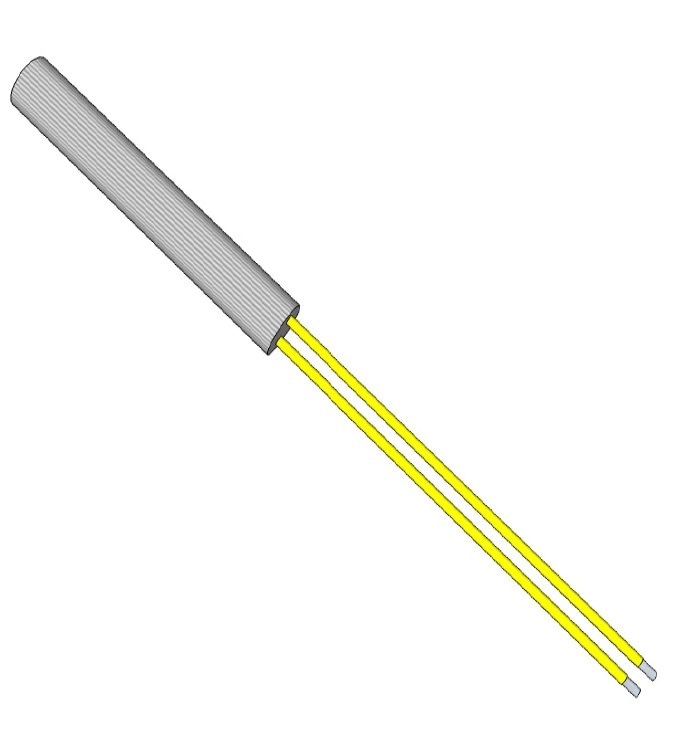
Sensor immersed in metal tube and surrounded by a thermal heat conducting paste
In certain cases, sensors are placed into a process some millimeters from the outside, or placed on the outside of a tube if pipe diameters are extremely low.
Such constructions might lead to incorrect measurements if the surrounding and process temperature differentiates significantly. This is generally caused by heat transfer from the surroundings to the sensor. By using soldered sensors, this influence can be reduced to a considerable extent. (Refer Graphs 1 and 2).
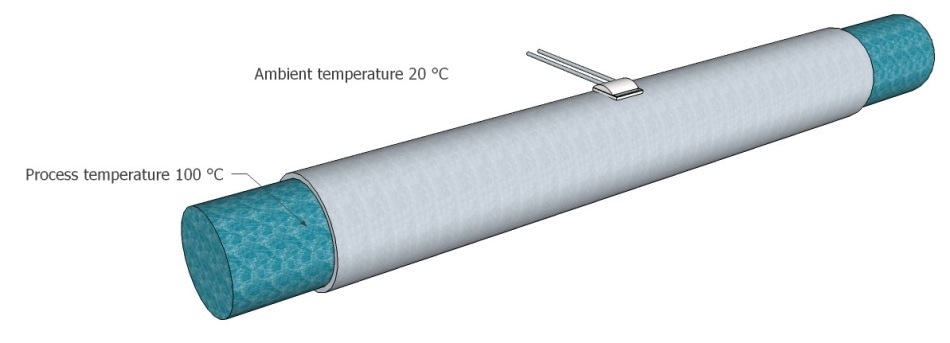
Sensor soldered on a tube-measurement is influenced by ambient temperature
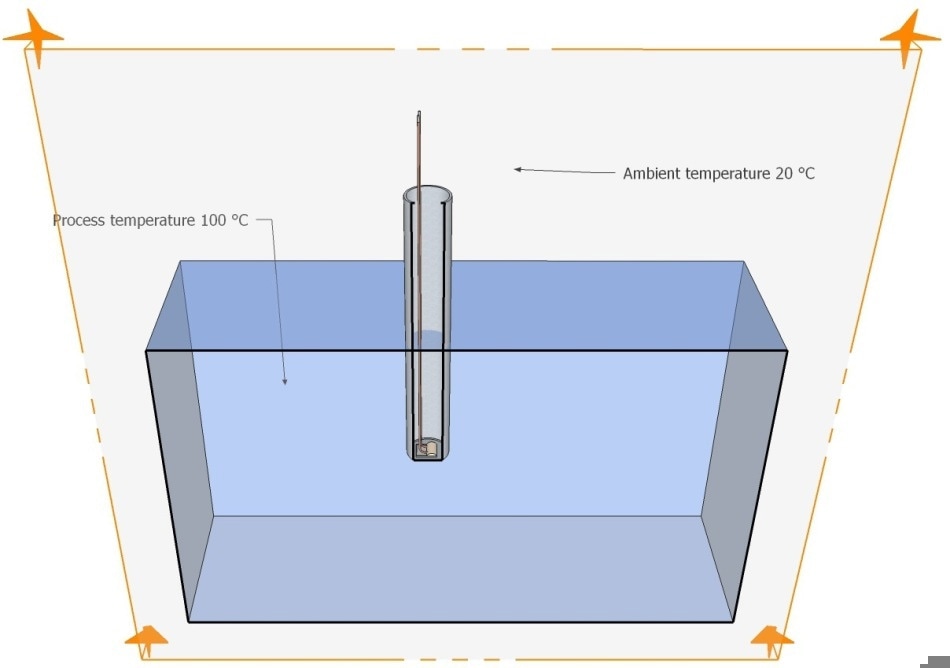
Sensor soldered onto the bottom of a tube- measurement is not influenced by ambient temperature
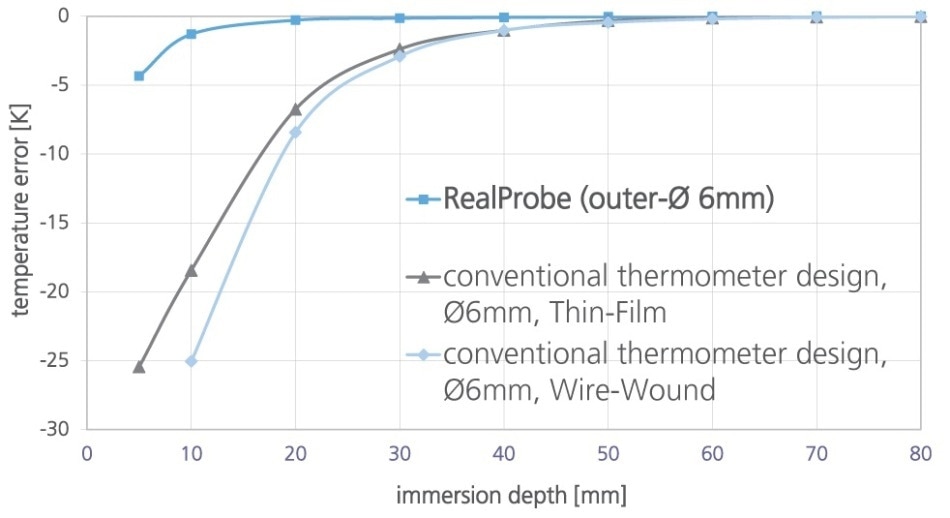
Graph 1. Minimized immersion depth compared with standard RTDs
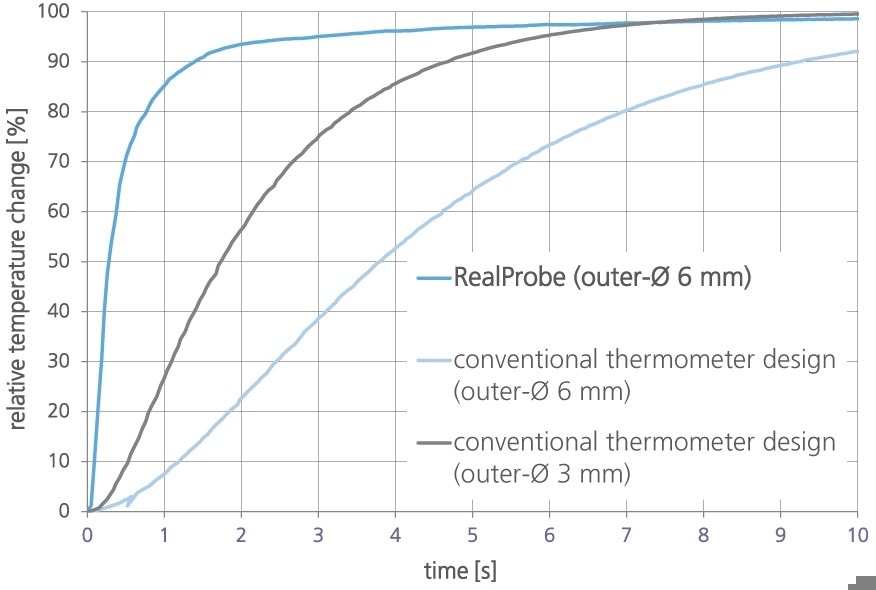
Graph 2. Response time compared with standard RTDs
IST AG Soldered Metalized Solution
When IST AG’s soldered metalized solution was used, the immersion depth required is much lower when compared to that of a standard assembly.
In some cases, the soldering process may lead to changes in values or impact the accuracy as a result of mechanical stress that occurs during soldering.
Hence, Innovative Sensor Technology IST AG offers sensors with metalized backside for soldering, in addition to providing constructions like soldered elements in caps, to tubes or on metal discs on a variety of metals, and in elements with individual tolerance classes to compensate for reproducible offset shift while soldering the elements onto the various metallic surfaces.
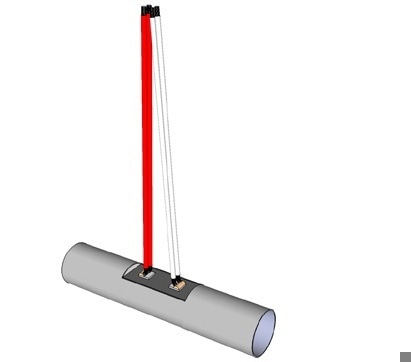
Sensor elements soldered onto metal tube
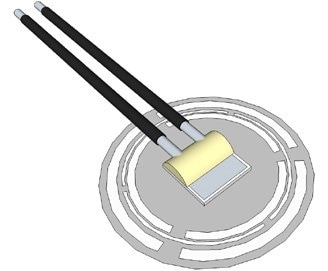
Sensor element soldered onto foil
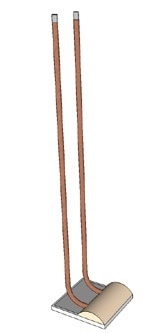
Sensor element with inverted wires and metalized backside
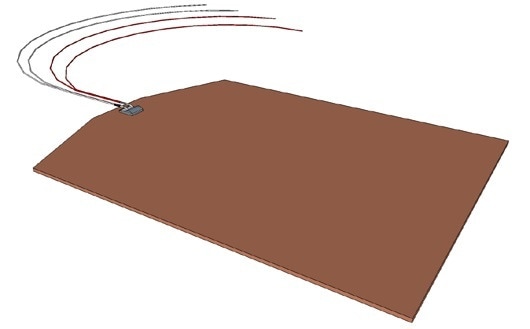
Sensor element extended with 4 PTFE wires soldered into Cu plate
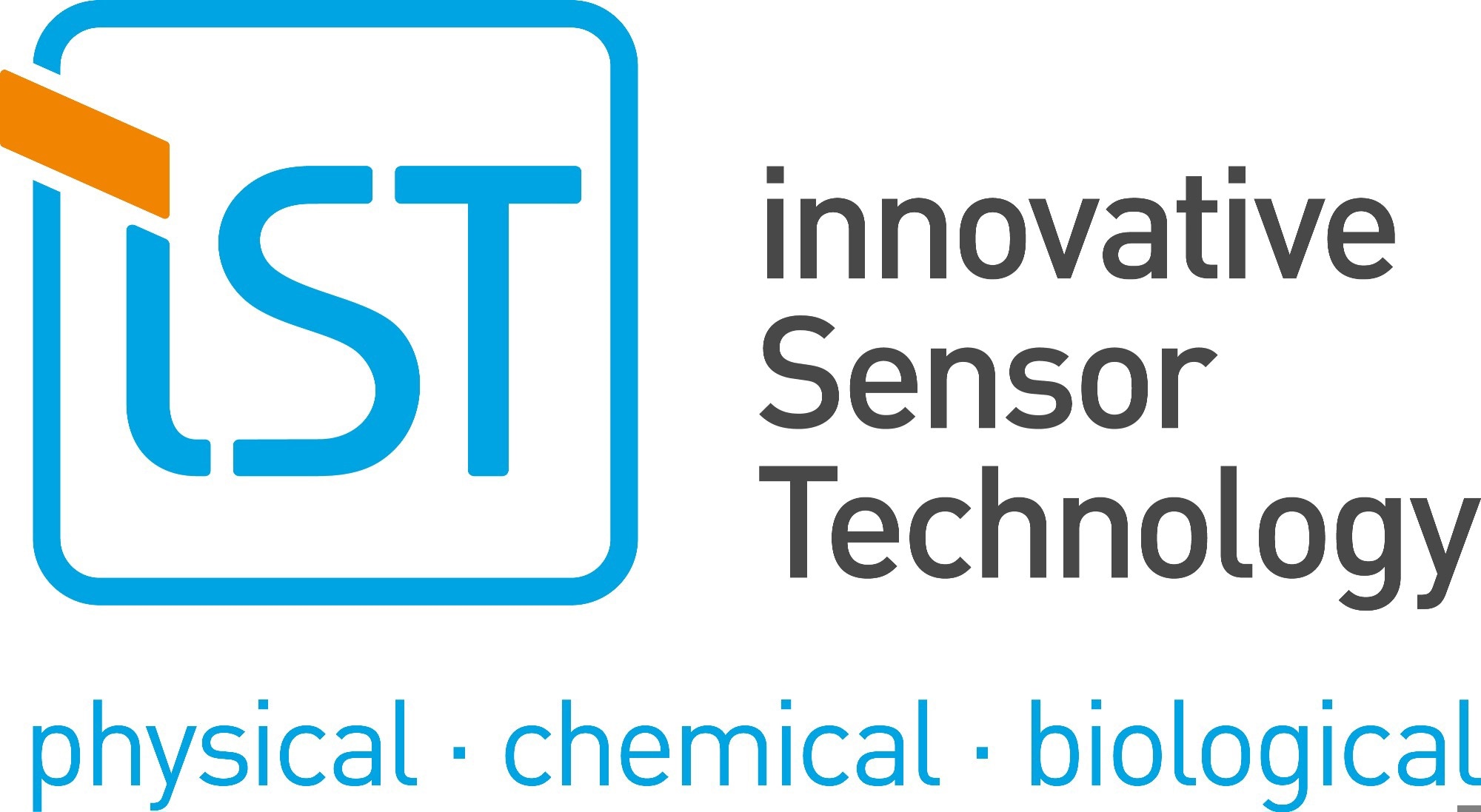
This information has been sourced, reviewed and adapted from materials provided by Innovative Sensor Technology, USA Division.
For more information on this source, please visit Innovative Sensor Technology, USA Division.